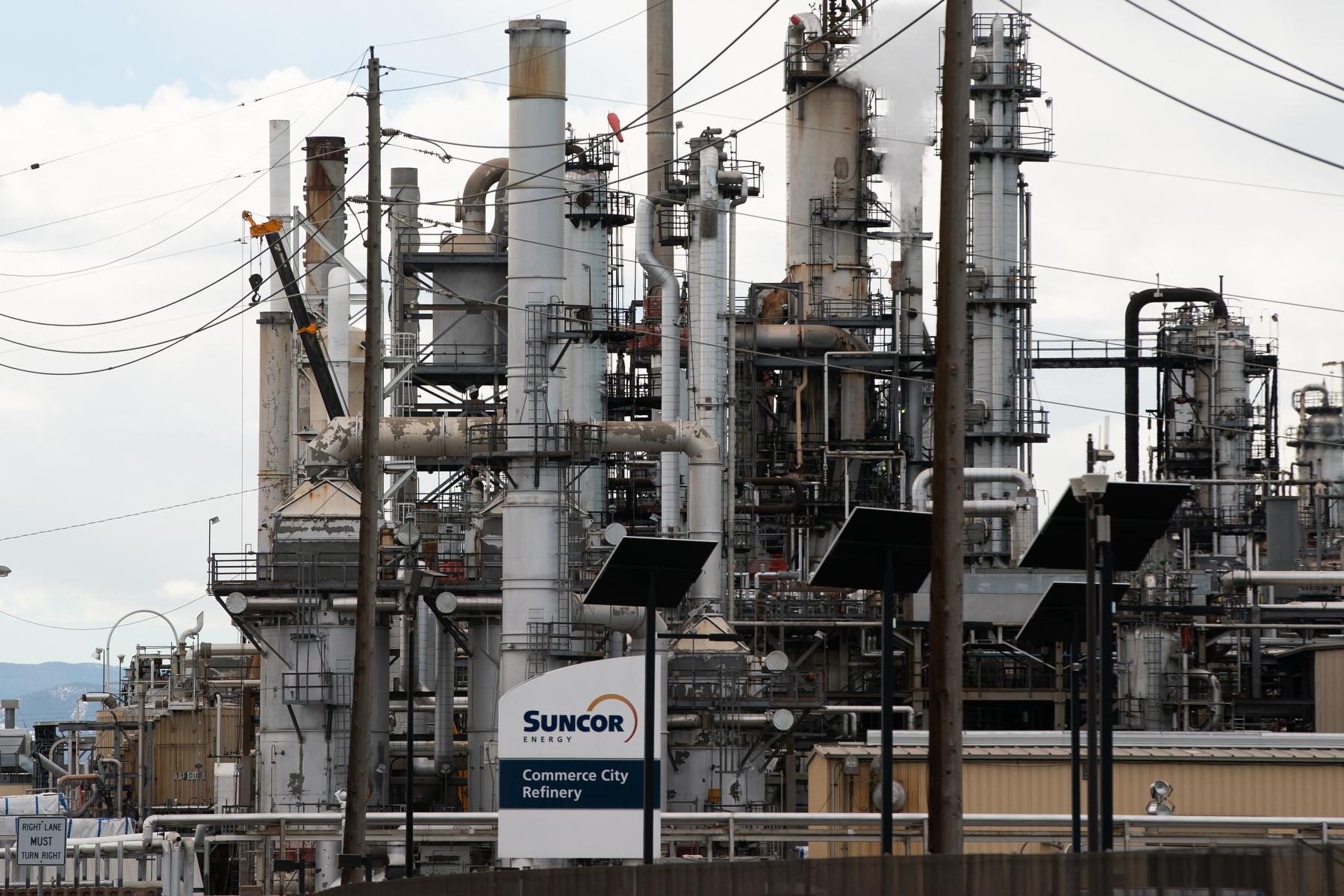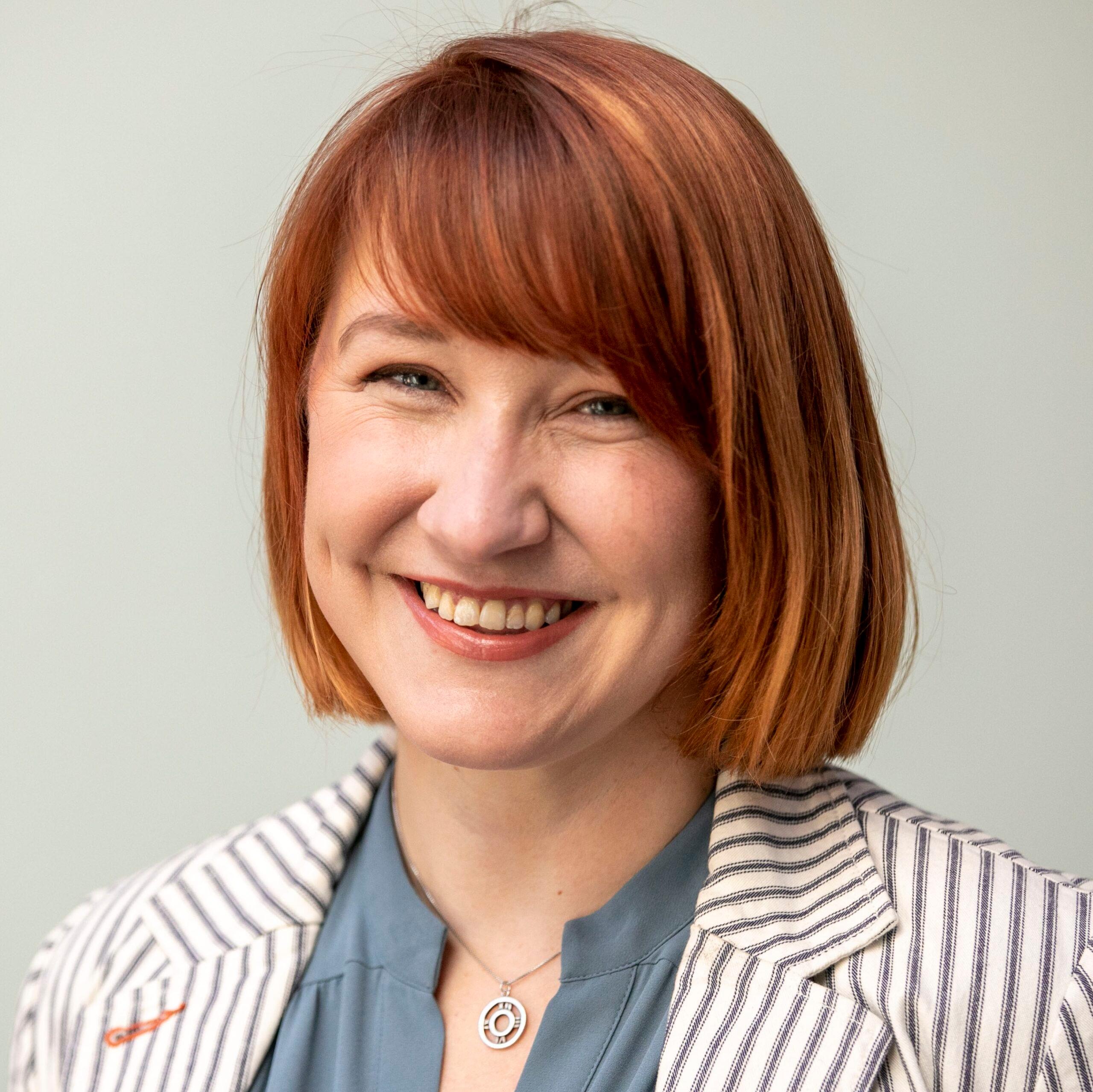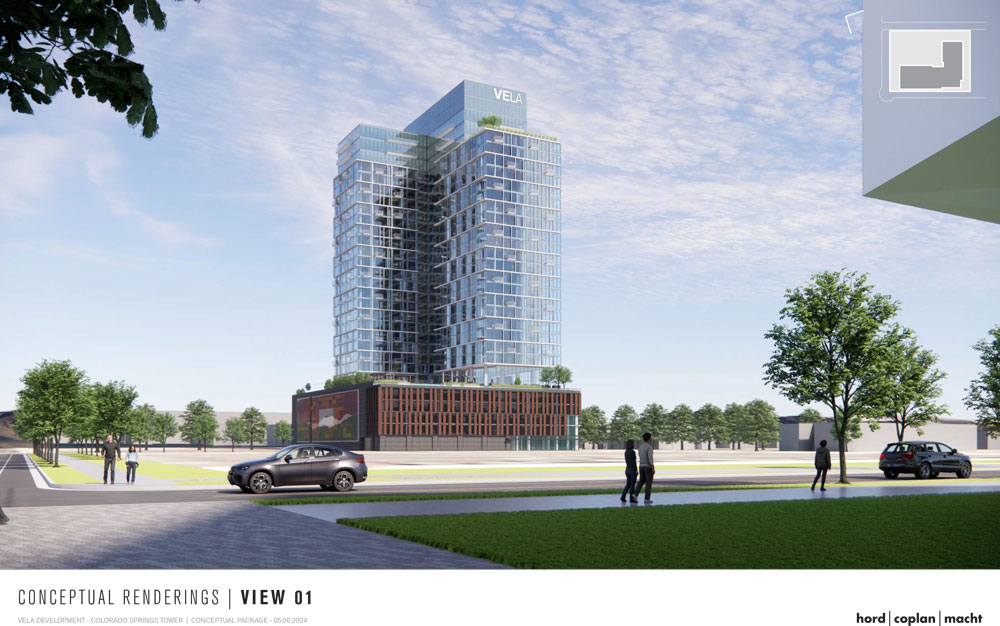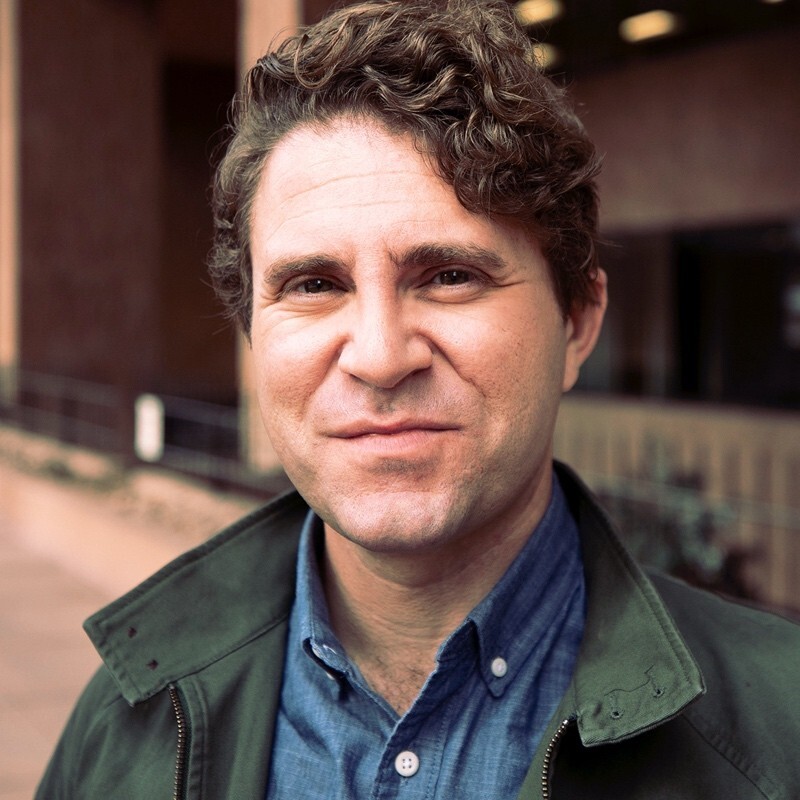
"I'm almost 50 years old," he said. "When I'm on meth, I'm 18."
Osborne says he used the drug for 30 years. In fact, when he came to Colorado 10 years ago, he was trying to get away from meth. It didn't help.
"You could drop me anywhere in the world, from a helicopter, and guess what? I'm going to find it," said Osborne. "I came to Colorado, it took me all of a day to find it."
Today, the stimulant is still cheap, potent, and widely available. And across the state, meth is helping push treatment centers to capacity and keeping law enforcement scrambling.
Law enforcement uncovers increasing meth demand

In Denver and Aurora, arrests for meth possession are up more than 140 percent since 2010, for a total of nearly 682 combined arrests last year. Over in Colorado Springs, there were 416 possession arrests last year -- double the number in 2010.
For a while, cracking down on small domestic meth labs worked to lessen the supply of meth available for abuse. Those labs have all but disappeared, but Mexican cartels made sure the supply shortage was brief.
"Our friends south of the border, spotting this market gap, have now flooded the market with high quality methamphetamine that they can produce down there in mass quantities," explained Aurora police officer Dale Quigley, a long time drug cop.
That's not an exaggeration. Border agents report seizing an unprecedented 15,000 pounds of meth last year, but Quigley says that's only a fraction of what gets through.
Officials were shocked with how pure and potent it was.
"The numbers that I'm seeing are incredibly high," says Quigley. "From the standpoint of an old cop, it concerns me about what's this doing, at this level of potency, for this drug group."
Increased meth use for metro Denver
Methamphetamine possession arrests
Lisa Raville runs a needle exchange for Denver's Harm Reduction Action Center. She says she's seen the increase in meth usage, especially among the homeless during the winter months.
"So what they do is they inject meth so they can stay up and walk around the city all night," said Raville. "So they literally don't freeze to death."
Sometimes users even feel comfortable enough to ask for treatment, Raville said, but she says providers can't handle everyone.
"So it can be very difficult on our end, because society is telling us and our participants, 'pop 'em into treatment,' but there aren't those options out there."
Treatment facilities reaching capacity
Arapahoe House, the state's largest treatment center, saw a staggering 15,000 people last year for all types of drugs. But admissions for meth specifically have doubled at the facility in the last five years.
"It is a lot of people," said Art Schut, the executive director of Arapahoe House. "We could treat more. We just don't have the capacity."
Just because drug use is up doesn't mean that there's a corresponding increase in treatment funding, says Schut. That's a problem, because Schut says treatment does work.
Treatment from the Arapahoe House helped Ed Osborne, who used meth most of his life. He says he's been clean since January of last year.
Now he feels proud about his job installing high-end kitchens.
"Putting something in, instead of stealing something," said Osborne. "It feels pretty good, people trust me."
No end in sight for meth supply
Having lived in the world of addiction, Osborne is concerned what impact a new wave of cheap and potent meth will have on Colorado.
"More crime, more addiction," he predicts. "If you've got more drugs you're going to get more addicts, you're going to get more crime. It's a no brainer."
High-level drug cops say they've pulled 2,000 pounds of meth off Colorado streets since 2009, but they admit as long as there are customers, there will be meth. And Osborne says the drug is so intoxicatingly good these days it sells itself.









